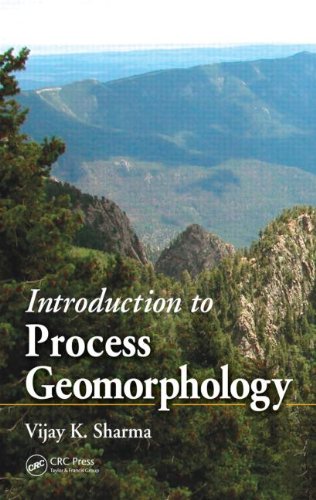

Most ebook files are in PDF format, so you can easily read them using various software such as Foxit Reader or directly on the Google Chrome browser.
Some ebook files are released by publishers in other formats such as .awz, .mobi, .epub, .fb2, etc. You may need to install specific software to read these formats on mobile/PC, such as Calibre.
Please read the tutorial at this link: https://ebookbell.com/faq
We offer FREE conversion to the popular formats you request; however, this may take some time. Therefore, right after payment, please email us, and we will try to provide the service as quickly as possible.
For some exceptional file formats or broken links (if any), please refrain from opening any disputes. Instead, email us first, and we will try to assist within a maximum of 6 hours.
EbookBell Team

4.3
68 reviewsIntroduction to Process Geomorphology provides an integrative approach to the process dynamics and the origin of landforms by the contemporary processes involved in their evolution. The author highlights the physical and chemical laws governing the activity of the earth-surface processes in specific environmental stress conditions, puts forward competing hypotheses on the evolution of landforms, and discusses the bases of internal geologic processes for the explanation of the tectogenic features of the earth.
Landforms evolve over a long period of cyclic and geologic time, inheriting the imprints of past process rates and/or process domains. The principles and methods of evaluating the signature of environmental change are highlighted in the text by citing suitable studies. The process-form relationships provide the building blocks also for the optimum utilization of the land resources of the earth, and quantitative assessment of the stability of geomorphic systems and the quality of environment. The approach in this part of the text enables readers to gain an in-depth understanding of the application of the principles of geomorphology to the evaluation, planning, and management of the earth’s resources for sustainable development.
This book discusses process dynamics in quantitative terms and reviews theories on the evolution of landforms that flow from theoretical and empirical data. It offers examples and case studies that enable students to comprehend the related components of process-landform relationships. The review and synthesis of information found in each chapter provides a better understanding of the complexity of still inadequately understood process activities and the manner of landform evolution.